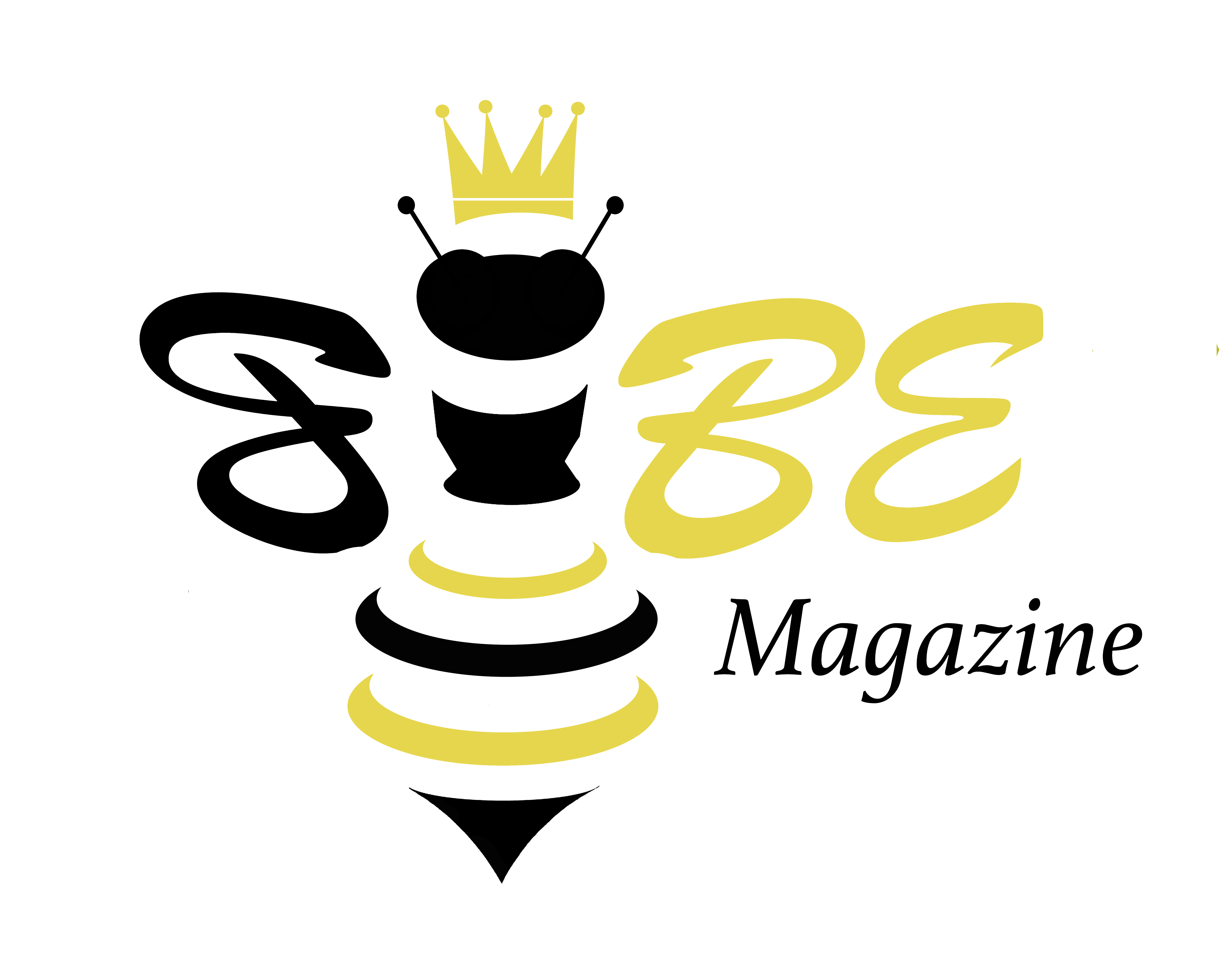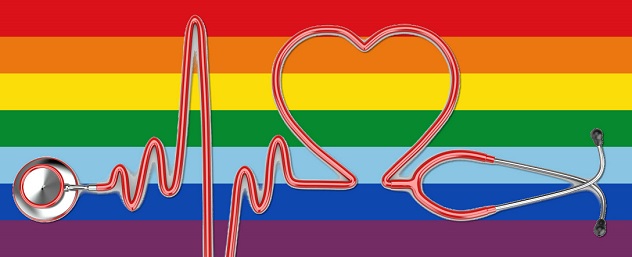By: Patrick Azzari
When I get ready for work in the evening, I shower, brush my teeth, and put on a clean pair of scrubs. On my way out the door, I grab my clipboard, my lunch, and my ID badge. My badge clip is a circular rainbow pattern that hangs from the bottom of the “v” in my scrub tops. So why do I feel the need to wear my identity on my sleeve?
The answer to this question is complex and comes from both research and my own experiences in healthcare. I believe that medical workers who belong to the LGBT+ community should do their best to identify themselves to their patients who belong to the same community. Research by the Center for American Progress highlighted in a recent survey that, “8 percent LGB respondents said that a doctor or other health care provider refused to see them because of their actual or perceived sexual orientation.” They further reported that among transgender persons, 29 percent had been refused care.
This indicates that within our healthcare system, queer people must be more concerned about the treatment they, or their family members, will receive. With these experiences so abundantly present in the healthcare narrative, it provides a reason for all of us to be nervous about how we will be treated when we walk into our next doctor’s appointment. I personally have battled with the question, “how much should I tell my physician about my personal life?”
Because of this, I have chosen to wear a clear and present rainbow as part of my uniform. I feel that it is critical that when I walk into a room with a patient, they know that I am there to serve them and help them have their questions answered regardless of who their partner is or what gender they identify as. Furthermore, I wear this badge so they know that there is someone on staff who can take their side if another medical worker discriminates against them for LGBT+ status. I have been fortunate to not have heard of any such behaviors in my short time working.
This gesture is small but can have a huge impact on how accessible healthcare is to people in the LBGT+ community. There is increased risk for certain infectious diseases and mental illness among different populations making up this community, and thus it is critical that open and honest medical dialog is available so that the right treatment can be provided. The care provided must happen in a place of nonjudgement and respect. By showing patients and colleagues that I work proudly as a queer healthcare worker, we can start having more conversations about the sensitivities and disparities LGBT+ people face in medical settings.
Soon after I came out of the closet, I was asked by someone close to me, who was concerned about how open I was, “do you want to work in healthcare or be an activist?” It was implied that I could not do both. Since then, I have come to realize that small activism in healthcare can have big effects on the treatment provided to patients. Increasing visibility in the medical setting will not only make healthcare more equitable to those it serves, but also ensure that we are tailoring how we treat patients on an individual basis and not missing critical information that could save lives. I have experienced a number of patients who have told me private but important information after stating, “I see your rainbow badge, so I’ll tell you…”, so this is why I wear my queerness on my sleeve.

